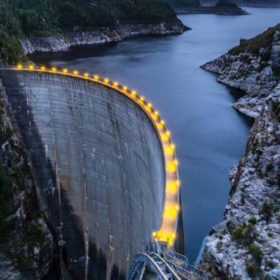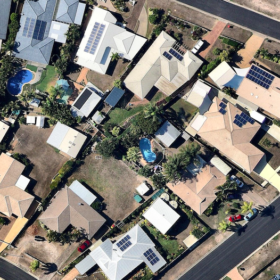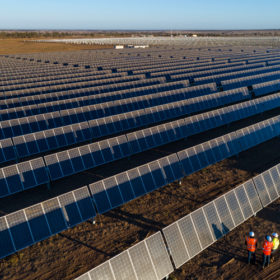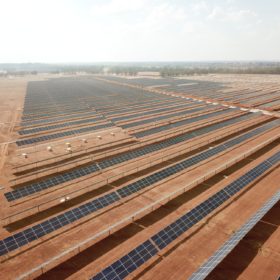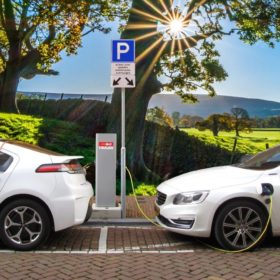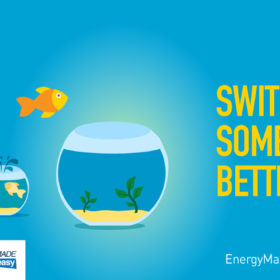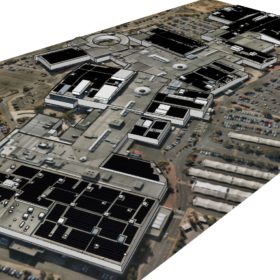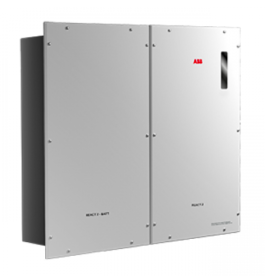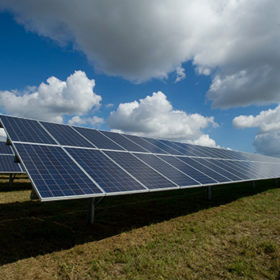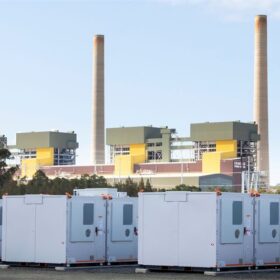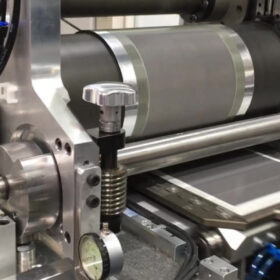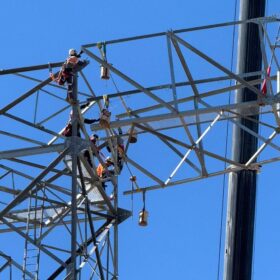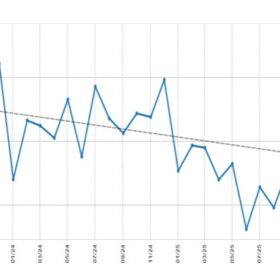Solar savings helping to save regional tourism industry
After tough years of drought and flood, The Gascoyne Junction Tourist Park in Gascoyne Junction, Western Australia, has been decimated by the impact of Covid-19 on the tourist industry. Struggling to pay its bills, the WA Govt is stepping in to help fund a solar upgrade, a saving grace.
Tasmania releases 200% renewable energy action plan
To help achieve its global-leading renewable energy target of 200% by 2040, the Tasmanian government has released the draft Renewable Energy Action Plan.
Australia’s rooftop PV juggernaut displaces fossil fuel generators
The unstoppable growth of Australia’s rooftop PV fleet continues to eat into the pie previously reserved for coal and gas, a new audit of the National Electricity Market shows. Meanwhile, the nation’s electricity consumption has remained mostly flat despite a Covid-19 pandemic-induced economic slowdown.
Queensland’s economy rests on renewable jobs boom
New analysis from Green Energy Markets (GEM) and community-led group Solar Citizens suggests that more than 51,000 jobs could be created in Queensland (QLD) if all the large-scale renewable energy projects currently in the pipeline were given the green light.
FRV’s 68 MW Goonumbla Solar Farm up and running in NSW
The 67.8 MW Goonumbla Solar Farm, the third of eight projects contracted by Snowy Hydro, is up and running after delivering its first output yesterday.
You can have any EV you want, as long as it’s a Tesla
A new report published on behalf of a majority of Victorian local councils outlines a course of action for large-scale EV charging station rollout across the state. One key finding shows an enlarging gap in charging infrastructure available to those who drive a Tesla and those who don’t.
Solar feed-in upgrade to Energy Made Easy Govt comparison website
Last week the Morrison Government launched the revamped version of its energy price comparison website, Energy Made Easy. The website carries new features installed by the Australian Energy Regulator (AER) designed to help Australians get a better deal on their energy bill.
Solar shopping in the Sunshine State
Topping off a big week for solar in Queensland, Premier Palaszczuk announced the partnership between Energy Queensland owned Yurika and the Queensland Investment Corporation which will see 15 MW of solar installed across five shopping centres.
Fimer’s React 2 added to SA Home Battery Scheme
The offer under the South Australian government’s Home Battery Scheme has been expanded with the addition of Fimer’s residential energy storage solution.
Monash University research exposes national energy productivity shortfall
New research out of Monash University has revealed that Australian states and territories are lagging behind in COAG Energy Council commitments to improve energy productivity by 2030. Modelling shows that national objectives will only be half met.

